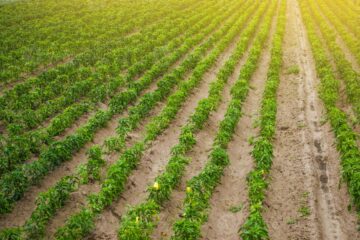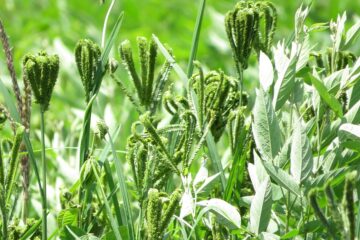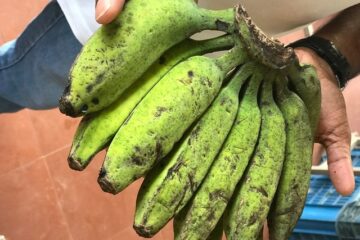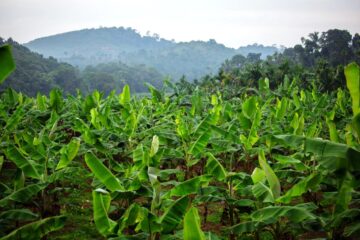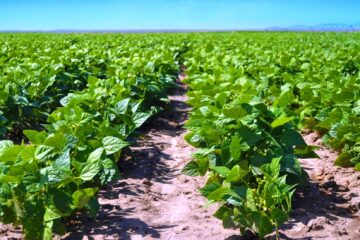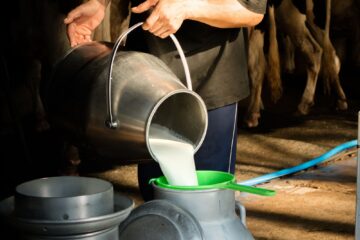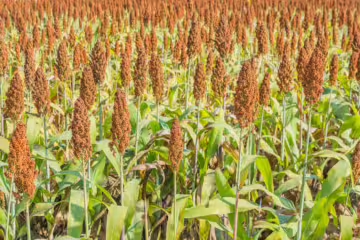In Tamil Nadu, hill banana varieties such as Virupakshi, Sirumalai, Namaran, Sevvalai, Karpuravalli, and Sandan Valai are cultivated in regions like Lower Palani Hills, Courtallam, Pechiparai, Sirumalai, Kalvarayan Hills, Pachai Malai, Atruuthu Malai, Kolli Hills, Chitheri Hills, Yelagiri, Servarayan Hills, Nilgiri foothills, and the Western Ghats.
Soil and Climate
Bananas thrive in well-drained, fertile soils. However, salty or alkaline soils are unsuitable for banana cultivation. Heavy clay soils hinder root growth, while sandy soils lose moisture quickly, making them unsuitable for banana farming.
The ideal temperature for banana growth is between 25-35°C during the day and 20-22°C at night. The best altitudes for banana cultivation range from 500 to 2000 feet above sea level.
Selecting and Preparing Suckers
For optimal growth and yield, high-quality suckers should be used. The best suckers are around 2-3 feet tall, approximately 3 months old, and growing close to the mother plant. The suckers should be free from viruses, root rot, and nematode infections.
After selecting the suckers, remove any external roots and rotting parts, dip them in a slurry, and dust them with 40 grams of Carbofuran granules per sucker to prevent rot diseases. Additionally, dip the suckers in a 0.1% Carbendazim or Emisan solution for 5 minutes before planting.
Planting Season
April-May (Chithirai Pattam) and June-July (Aadi Pattam) are the best times for planting in hill areas. Aadi Pattam is particularly favorable for planting.
Planting Method
Before planting, prepare the soil well and apply plenty of organic manure. Dig pits 2x2x1.5 feet deep and fill them with decomposed manure and rock phosphate. Lightly trim the suckers before planting to remove any damaged or infected parts and dust them with 40 grams of Carbofuran to prevent diseases.
For hill areas, plant the suckers in rows on flat land, ensuring they receive adequate sunlight.
Spacing and Density
Bananas can be grown as a sole crop or intercropped with other plants like coffee, silver oak, pepper, and orange trees in hill regions. For sole cropping, use a 2×2-meter spacing, which requires 1000 suckers per acre. For intercropping with coffee, space the plants 3.6×3.6 meters apart, requiring about 300 suckers per acre.
Fertilizer Application
Timely fertilization is crucial for hill bananas, with requirements varying depending on soil fertility, plant growth, temperature, and variety. For optimal growth, apply 120 grams of nitrogen, 90 grams of phosphorus, and 360 grams of potassium per plant. Organic manure such as decomposed compost can also be added to improve soil structure and provide long-lasting nutrients.
Organic Fertilizers
Besides compost, vermicompost, neem cake, groundnut cake, and castor cake can be used as organic fertilizers. Biofertilizers like Azospirillum and Phosphobacteria should be applied at 25 grams per pit to improve soil fertility and boost crop quality.
Mulching and Irrigation
Mulching with dried leaves or organic matter helps conserve soil moisture and control weeds. In dry areas, drip irrigation ensures efficient water and nutrient delivery to the roots, maximizing yield and reducing input costs.
Pruning and Maintenance
After planting, any suckers that don’t develop leaves within a month should be removed and replaced. As the plant matures and starts flowering, leave only one side sucker for future growth and remove the rest.
Mulching around the plants with organic matter helps retain soil moisture and prevent erosion, especially in hilly regions.
Weeding and Plant Management
Regular weeding is essential in the early stages of growth to prevent competition for water and nutrients. Herbicides like Diuron and Glyphosate can be used to control weeds before and after planting.
Pruning involves removing old or dead leaves to maintain plant health and reduce disease spread. Once the bunch is harvested, cut the pseudostem at 60 cm above ground level to encourage new growth.
Intercropping
Intercropping with crops like coffee, cocoa, pepper, and citrus is commonly practiced in hill banana cultivation. This provides additional income, reduces the risk of crop failure, and makes full use of land and resources.
Harvesting
Hill bananas take about 12 to 15 months from planting to reach maturity. Bunches can be harvested 100-150 days after flowering, with each bunch weighing between 12-15 kg.
After harvesting, cut the pseudostem 60 cm above the ground to allow nutrients to be transferred to the next sucker.
Marketing
The hill bananas, such as those from Sirumalai and Virupakshi, are sold in wholesale markets where they fetch good prices, with individual bananas selling for ₹1-5 depending on the variety.
Dr. R. Jayavalli, Dr. R. Arul Mozhiyan, Dr. J. Suresh, Horticultural College and Research Institute, Tiruchirappalli.




